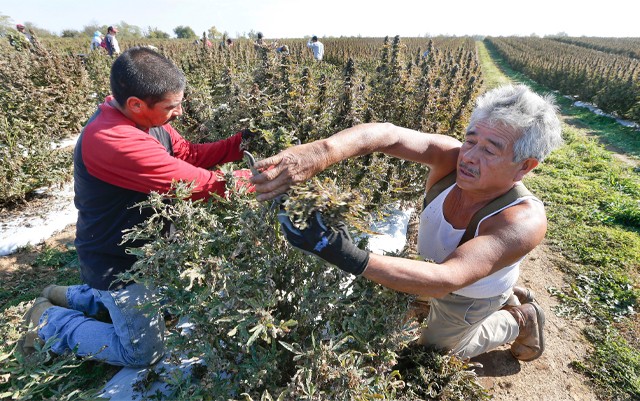It’s one thing for prohibitionists to oppose legalization of cannabis containing psychoactive THC. It’s entirely another thing to lump industrial hemp into that same category. This unabashed ignorance towards one of Mother Nature’s most versatile plants dates back to the 1930’s Reefer Madness days. Because of this, the U.S. has been largely dependent on imported hemp. As readers of The Marijuana Times well know, hemp has a myriad of uses dating back centuries. Twenty-four states have differentiated industrial hemp from psychoactive cannabis sativa and indica and allow the growing of hemp with a license. Eleven more states currently have hemp legislation at some stage.
Clearly, there have been some winds of change as of late, since state laws and attitudes towards cannabis continue to progress positively forward. A Federal Farm bill was passed in 2014, which enabled farmers in states where industrial hemp is legal to participate in programs with their state departments of agriculture. These initial programs allowed farmers grow and harvest hemp with under 0.3% THC. Kentucky, Colorado, Vermont, Tennessee all had successful initial seasons in and planted hemp again for a second season.
It would be excellent to see more barriers to entry for industrial hemp growing removed, allowing more farmers in to grow industrial hemp. Unfortunately this likely will have to come at the Federal Level.
The Industrial Hemp Farming Act was introduced in the House and Senate back in January of 2015. According to the bill, if passed it would:
“Exclude industrial hemp from the definition of “marihuana.” Defines “industrial hemp” to mean the plant Cannabis sativa L. and any part of such plant, whether growing or not, with a delta-nine tetrahydrocannabinol concentration of not more than 0.3 percent on a dry weight basis. Deems Cannabis sativa L. to meet that concentration limit if a person grows or processes it for purposes of making industrial hemp in accordance with state law.”
According to Congress.gov, the bill was “referred to the Subcommittee on Health” back on the 30th of January 2015. Since then, no further action appears to have been taken. This could be due to the current election cycle, so hopefully we see something happen with this bill in 2016 if it hasn’t already.
Popular Mechanics magazine called hemp a “cash crop” almost 100 years ago. Despite prohibition, American hemp is quickly becoming a champion cash crop once again. According to the Boulder, Colorado-based Hemp Business Journal, sales of hemp products reached over $500 million nationwide in 2015. As more and more states shake off the rust of antiquated hemp prohibition models, this figure will only continue to rise — pleasing both environmental activists and investors alike.






